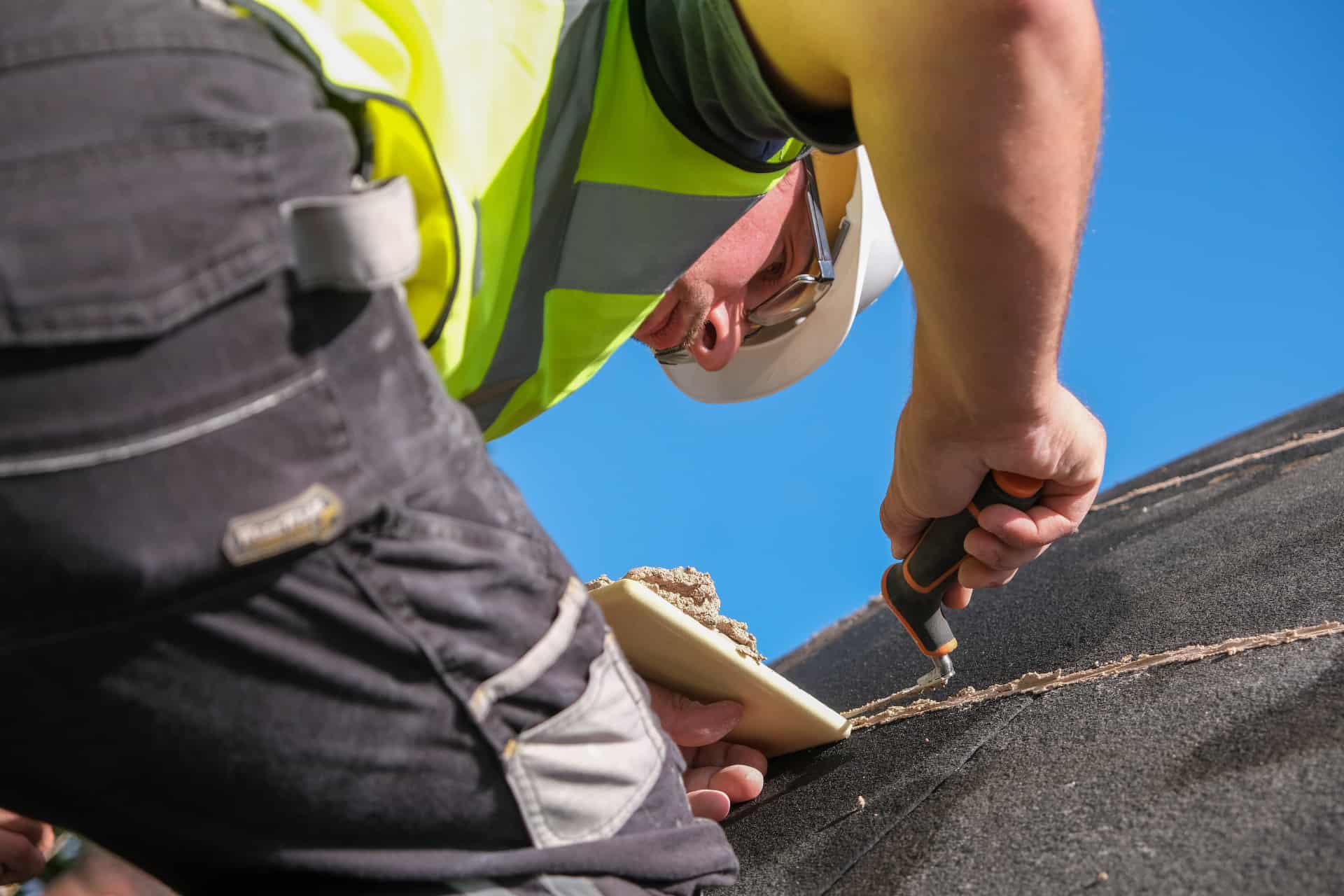For the first time, local data on the estimated need for retrofitting skills to deliver Net Zero for England’s historic buildings has been made available by Historic England, accompanied by information on how areas across England stand to benefit from growing the green economy by making historic buildings more energy efficient.
Historic England have worked out the estimated workers needed and estimated direct economic output supported for each English Local Authority.
The Isle of Wight figures reveal that every year up to 2050:
- Estimated average workers needed per year – 400 people (the fourth largest number in the SE region)
- Estimated direct economic output – £58,500,000
Build England’s retrofitting workforce and address the skills gap
Alongside partners from the property and heritage sectors, Historic England is calling on decision-makers across the country to use this new data to act now to build England’s retrofitting workforce and address the skills gap. The public body is providing them with advice and guidance.
Historic England is encouraging the 38 Employer Representative Bodies responsible for implementing Local Skills Improvement Plans (LSIPs) across England to develop proposals to train new and existing workers on how to work with traditionally constructed buildings, including skills bootcamps, apprenticeships and training courses, designed to provide the right skills for local retrofitting needs.
Use the new online map
By using Historic England’s new online map, people can look at each Local Authority area in England and see the average number of new workers needed per year up to 2050, the estimated direct economic output this would generate and the types of skills – from plumbers and plasterers to planners – needed for their region.
Buildings in England are responsible for around a fifth of the nation’s greenhouse gas emissions, with one in five being built before 1919.
86,500 new workers per year needed until 2050
On average, 86,500 new workers per year will be needed until 2050 to retrofit England’s traditionally constructed buildings in order to meet Net Zero targets, generating around £12 billion in direct annual economic output.
Investment opportunities from making much-loved local historic buildings more energy efficient, whilst conserving their historic significance, are quantified for towns and cities, allowing local authorities to develop tailored skills proposals.
Regional economic inequalities
The new data reveals synergies with the need to tackle regional economic inequalities:
- Greater Manchester needs around 5,000 workers to retrofit the city region’s buildings built before 1919, generating £570m of direct economic output every year
- Liverpool City Region needs around 2,800 workers generating £320m
- West Yorkshire needs around 3,500 workers generating £360m
- Greater London needs 16,300 workers generating £3.1bn
Morrison: This is also essential for getting to Net Zero by 2050
Historic England’s Director of Policy and Evidence, Ian Morrison, said,
“We’re delighted to be sharing the first blueprint for delivering long term, high quality retrofitting jobs across our towns and cities, delivering energy efficiency for our much-loved historic buildings and seizing a massive opportunity to drive sustainable growth.
“Prioritising the re-use and retrofit of historic buildings helps to conserve those places that give us a sense of local identity and make us proud – this is also essential for getting to Net Zero by 2050. We urge decision-makers across the country to work with us and act now with this data to build England’s retrofit workforce.”
McDermott: UK has only half the skilled workers it needs to do the job
Ian McDermott, Chief Executive of Peabody, said,
“More than six million homes were built before 1919 and improving as many of them as we can will undoubtedly transform the lives of the people who live in them, making them cheaper to heat and run, while bringing significant economic and environmental benefits. But the UK has only half the skilled workers it needs to do the job.
“This new data will be invaluable in highlighting the gaps and opportunities in each region. It will allow policymakers, local authorities, employers and education providers to offer the training that’s needed in their area. This kind of targeting will be crucial if the country is to build a national workforce capable of meeting the UK’s climate goals while unlocking the additional benefits.”
Burrows: Will create hundreds of thousands of skilled green jobs
Tor Burrows, Group Sustainability Director, Grosvenor said,
“Making the UK’s historic buildings more energy efficient isn’t just about preserving our heritage and reducing our climate impact. A step change in our approach to retrofit will create hundreds of thousands of skilled green jobs, support economic growth and the wellbeing of those that live in pre 1919 homes while also reducing their bills.
“But sensitively adapting our built heritage needs skilled workers. While the shortage of electricians, glaziers, and plumbers is a national challenge, the solution lies in well-targeted local training programmes. Historic England’s new analysis of the retrofit skills gap provides an invaluable framework to ensure historic buildings can continue to play a vital role in British life.”
Swaithes: New data will help our collective efforts
Anna Swaithes, Head of Sustainability at The Crown Estate, said:
“Our many historic buildings are of huge cultural and social value. We now need to protect and restore them in a way that ensures they are fit for a Net Zero future and are shining examples of sustainability.
“The retrofitting of buildings is happening across the UK, including in our own portfolio in London’s Regent Street and St James’s. If we are to realise these opportunities, then we must work together to develop the skilled workforce needed to get the job done, giving suppliers, further education and training providers the confidence to act.
“This new data will help our collective efforts in improving the energy efficiency of our heritage buildings, and in providing vital job opportunities and contributing to the UK’s economy.”
News shared by Sam on behalf of Historic England. Ed





